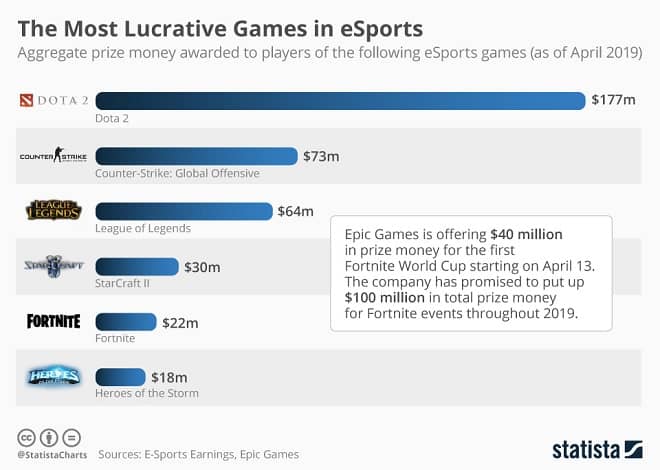E-sports competitions are becoming more and more popular: millions of prizes, hundreds of thousands of online spectators, the purchase of teams by successful businesspersons for large sums of money. The next step is the inclusion of e-sports in the Olympic program and the release of broadcasts from the Internet to television screens with huge contracts for the rights to display the competitions.
Why is this happening? In addition to the obvious reasons that a computer is becoming an integral part of our life, there is a number of practical aspects that explain why e-sports is developing so quickly. The most important of them is the mass nature of eSports. Almost any person from the most remote corners of the world, where they have a computer and access to the Internet, will be able to try themselves as an eSportsman without waiting for the opening of a sports section or without spending several hours on the road to get to this section. While sports is contraindicated in children with health restrictions, they can easily realize themselves in e-sports. Besides, objectively far from being overcrowded now, sports sections will not physically be able to accommodate everyone if a lot of people suddenly head there. In such cases, e-sports become an excellent alternative. This infographic from LoginCasino takes a look at the history of eSports:


